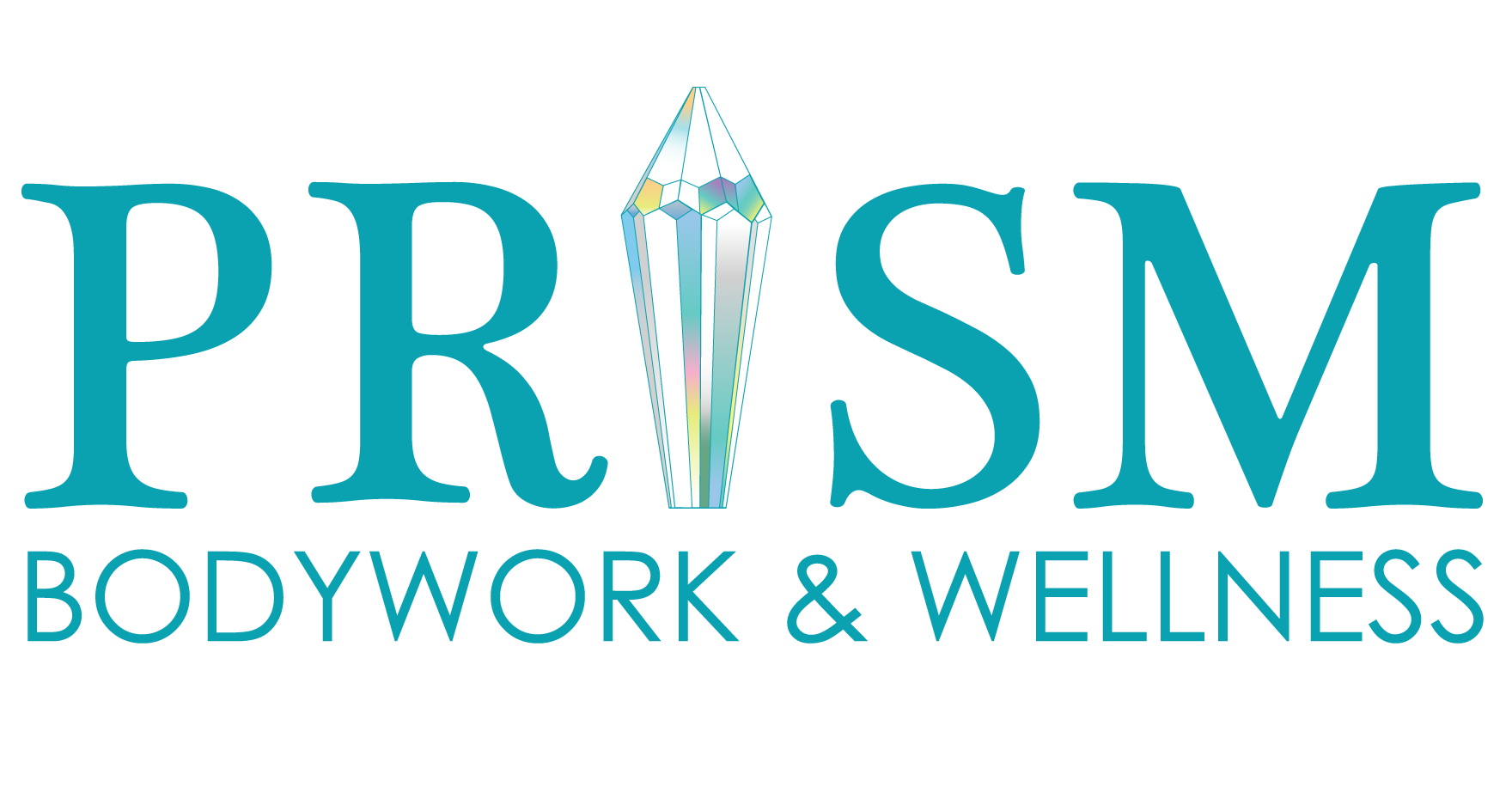8 Aspects of Trauma Informed Bodywork That EVERYONE Should Know
The other day I went to get a massage, and during the session, my trauma was triggered. The therapist was clearly in a funk, and I sensed their stressed energy upon arrival. They didn’t warm up my tissues first, and immediately dove deep, several times triggering my fight or flight response. My muscles tightened up and involuntarily clenched, and so I asked them to please be gentle as I was very raw and vulnerable already. I was healing from a recent back surgery and was also hormonal and emotional as I was about to start my cycle. This person was so unaware of how their emotional state was affecting their work that they repeatedly tried to FORCE my body to relax by pushing through my pain and discomfort. This escalated until about halfway through the session my whole body seized up and I burst into tears.
As a massage therapist who has dealt with a long history of trauma myself, I know all too well how trauma is held in the body. Sometimes it resides in the surface tissues, or in the connective fascia. Oftentimes, it’s in the very deepest layers. What I’ve noticed in almost twenty years of doing massage therapy and energy work is that the deeper the physical pain is, the deeper the emotional pain is as well. This is why it is so necessary to be aware of how we are affecting people when we work on their bodies.
The trouble with bodyworkers, especially deep tissue or sports massage therapists, is that they often don’t get the training they need in order to help other people with the emotional trauma that arises when doing bodywork. There is still such a huge disconnect in our western approach to the body and how the mental and emotional aspects play in.
The truth is that the mind and body are not separate! The emotional body is intricately connected to the physical body. ANYONE who works with the physical body needs to have a trauma informed basis to enhance their overall understanding of the human healing process.
If this massage therapist had a trauma informed background, they would have understood that what they were doing was not only hurting me, but triggering me. They would have had the awareness, understanding, and tools to help me process it. Instead, they immediately felt uncomfortable with my emotional expression, and suggested they leave the room. This is actually THE WORST possible thing to do! We should never trigger someone and then leave them alone to regulate themselves.
We have a duty as therapists to help our clients by holding safe space for them. Most of us are not trained psychotherapists or counselors, so we need to be careful about our approach. Most of us are not doctors and cannot diagnose. But as therapists that are working directly with the body, we can help our clients by practicing trauma informed bodywork.
What is Trauma Informed Bodywork?
TIB is not really regulated. There are no strict guidelines as of yet. Sadly, until western medicine catches up to the mind/body connection, there won’t be a way to regulate it. For now, I can offer what I’ve learned in close to twenty years of practice.
This is what we know: The central nervous system often becomes disregulated with truama, and this then gets stored in the body. It is often unconsious and subconcious, meaning not in the peron’s consicous awareness. They can feel totally normal on the surface, but have unhealed trauma lingering in their body that comes out when they least expect it, such as having random panic attacks, feeling scared for no particular reason, having hyper alertness, or other symtoms like anxiety or depression.
8 things that you can do RIGHT NOW to start incorporating TIB into your practice:
- PAY ATTENTION! Notice if your client is clenching up, getting distressed, or having a pain response. MORE PAIN DOES NOT EQUAL MORE GAIN! Stop forcing the body to move or relax and instead COAX the body. The only way to do this is to
- BE PRESENT! If you are in your head, thinking about something else, and not in the present moment, you won’t be able to notice what is going on with your client. When you do notice something,
- COMMUNICATE. Ask if that pressure is ok, movement is ok, if they are in pain, etc. Ask: does this feel good, or if it is bringing up something for them. Don’t assume you know. LISTEN before you tell. The only way you can do this is if you
- GO SLOW! Stop forcing your way into the body and diving deep with fingertip or elbow point pressure. If they need that type of deep tissue work, you must first
- WARM UP! Warm up the tissues, with long, slow strokes first. Why do we do this? It’s not only to loosen up the superficial layers and fascia, but when it comes to trauma informed bodywork, another important reason to do this is to
- BUILD TRUST. Remember the rabbit and the hare: slow and steady wins the race. By going slow, you build trust and allow that person to relax. The reason why this is so important is because if someone is holding trauma in the body, and you haven’t warmed them up first, they will be triggered by that work and you won’t be able to get them to relax because you’ll then be having to help them regulate their nervous system. This is why you must
- HELP THEM RELAX FIRST. If you help the client to relax FIRST, you will have a much more productive session. ESPECIALLY if this person has trauma! They likely already have a heightened fight or flight response, so if you can start off by building trust and creating a space for them to relax, they will be more likely to accept the work and increase their capacity to receive healing. Then, if they start crying or have an emtotional response come up,
- STOP working on the body! Hold both hands gently but firmly on their body and say “I am here for you. It’s ok to feel or express anything that is coming up for you now. You are safe.” And then allow them to safely express whatever arises by allowing them to cry about it or talk about it. Then, ask them if they are ready to proceed. THEN, and ONLY THEN should you resume doing bodywork.
If you cannot do this because you are stressed, upset or in a funk, or dealing with phyiscal or emtional pain yourself, you should reschedule your client for another day when you are feeling better. Your energy transfers over to your clients and it is NOT ETHICAL to work on someone when you are not in a calm, collected state!
I have so much to add to this, but this is just the basics that I feel every massage therapist, physical therapist, chiropractor, or health care worker who works directly with the body should know and start incoportaing immediately. This information is also highly valuable to anyone who has a history of trauma and is seeking a massage therapist or bodyworker. PLEASE start to educate yourself if you work directly with people! Although there is plenty of great information out there, I highly recommend starting by reading the book The Body Keeps The Score by Dr. Bessel Van Derk Kolk.
What has your experience been with trauma and bodywork? Do you have anything to add to this list?
I am currently working on creating my online course called TRAUMA INFORMED BODYWORK for healthcare practitioners. If you’re interested in more information, please let me know in the comments or head over to my website to get on my email list!
Related Posts
When Love is a Verb: Breaking the Cycle of Chasing Unavailable Parents
A personal story about boundaries, self-worth, and the courage to stop begging for love I didn’t call my dad on Father’s Day. I didn’t call my father, either. Just like I didn’t call my mom on Mother’s Day. It’s not because I don’t love them—I do. It’s because I’m finally done chasing love, begging for…
Read MoreTrauma Informed Bodywork and Healing Childhood Trauma
As a healthcare practitioner and survivor of childhood trauma, I understand the profound impact that childhood trauma can have on an individual’s mental and physical well-being. If you’ve experienced abandonment, neglect, abuse, or violence during your formative years, it’s essential to acknowledge that these wounds may continue to influence your daily life, even if you’re…
Read MoreMy Story: From Childhood Trauma To Healing
When I think of my childhood, I think of a very few fond memories mixed with a lot of sad ones. I remember fishing with my grandpa with my Mickey Mouse fishing rod. And I remember crying because my Daddy didn’t want me. Like so many others, my mother was a single mom, having left…
Read More


